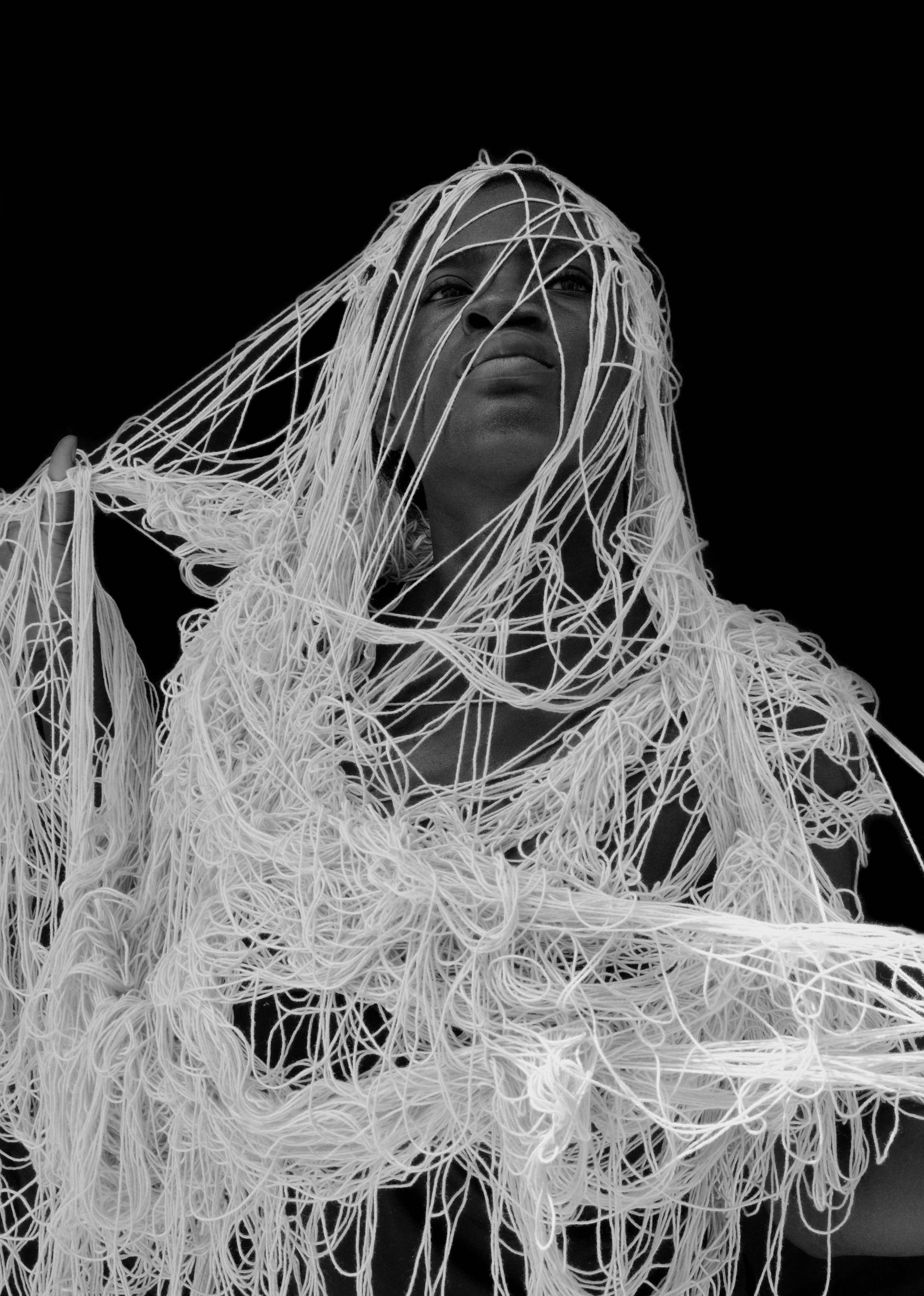
NFTs will officially have a presence at the Venice Biennale this year. A crypto-art exhibition featuring a range of international names will take up a part of Cameroon’s debut national pavilion.
The pavilion encompasses two shows across two locations: the Liceo Artistico Statale Michelangelo Guggenheim and Palazzo Ca’ Bernardo. The former will display IRL art by four Cameroonian artists (Francis Nathan Abiamba, Angéle Etoundi Essamba, Justine Gaga, and Salifou Lindou) and four international artists (Shay Frisch, Umberto Mariani, Matteo Mezzadri, Jorge R. Pombo).
The latter, meanwhile, will host an NFT show organized by Global Crypto Art DAO, a new collective that seeks to raise money to support artists entering the crypto world. That segment features more than 20 artists from countries including China, Germany, and the United States—though, notably, not Cameroon.
Titled “The Times of the Chimera,” the pavilion will be curated by Paul Emmanuel Loga Mahop and Sandro Orlandi Stagl and is commissioned by Armand Abanda Maye, the director of arts promotion and development for Cameroon’s ministry of arts and culture. The government is not funding the project, which will be financed by private sponsors and investors in the DAO.
Salifou Lindou, Amos (2015). Courtesy of the artist and Cameroon pavilion.
The idea to juxtapose work by international and Cameroonian artists evolved from a desire to foster dialogue in light the African country’s complex history, organizers said.
“Cameroon is a country that is striving to get out of the current internal divisions, where, after the end of Colonialism, first German, then English and French, it is experiencing a phase of strong tensions, especially between Anglophone and Francophone areas,” Stagl, the co-curator, wrote in a statement.
Meanwhile, the pavilion’s focus on new technology “represents a possible way out and development for the young Cameroon generations, exploring the emerging world of NFTs in an international key,” he said.
Stagl was also the curator of Kenya’s controversial Venice Biennale pavilion in 2015, whose lineup—primarily Chinese and Italian artists, with only one from Kenya—sparked outrage and was later disavowed by the Kenyan government.
Kevin Abosch, NEVER FEAR ART (2021). Courtesy of the artist and Global Crypto Art DAO.
The crypto art exhibition is supported by Global Crypto Art DAO, which was formed in December 2021 by five founders from the NFT community, 15 contemporary art and crypto art professionals, and 22 artists. (Full disclosure: Sophie Neuendorf, the vice president of Artnet, is one of these founding councilors.)
The exhibition at Cameroon’s pavilion marks the debut of the DAO, which plans to stage shows worldwide, according to one of the founders, a crypto art dealer and collector who identifies himself as Hesiod. Founding councilors nominated artists for consideration, and the full group voted on the final lineup.
Artists are not required to pay to be exhibited, according to an FAQ document reviewed by Artnet News, but a donation of one or two of works “for initial sponsors will be highly appreciated.”
The DAO will not sell works out of the exhibition during the run of the show, the FAQ states, but will “encourage visionary collectors and investors to buy and collect these artworks before or after the exhibition.” Artists are also free to market their own work: “We are in a world of the internet and blockchain, and the free will of everybody is respectful,” the FAQ reads.
Marina Núñez, Symbiosis (sundew) (1) (2022). Courtesy of the artist and Global Crypto Art DAO.
The crypto art component includes a range of prominent figures, including Irish-American conceptual artist Kevin Abosch, the Argentine-born Julio Le Parc, Spanish artist Marina Núñez, Brazilian-born American artist Eduardo Kac, and Gabe Weis and Clark Winter from the U.S. There is also a significant number of Chinese artists and collectives, including Cryptoart Driver, Genesis People, Wang Xing, ZZH, and the Berlin-based Chinese artist Meng Huang.
Singaporean NFT artist Shavonne Wong, who is also participating, said NFTs’ presence at the Venice Biennale represents an important validation for the medium. “Digital art within the context of NFTs still has yet to find a place in the fine art world,” she told Artnet News, “so it’s incredible to see it being accepted on a stage like the Venice Biennale.”